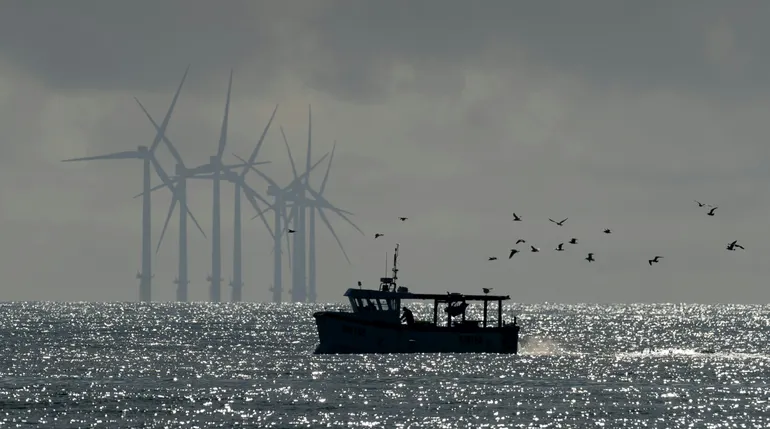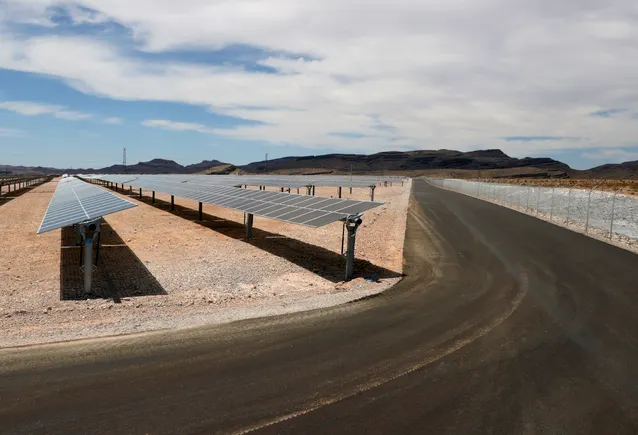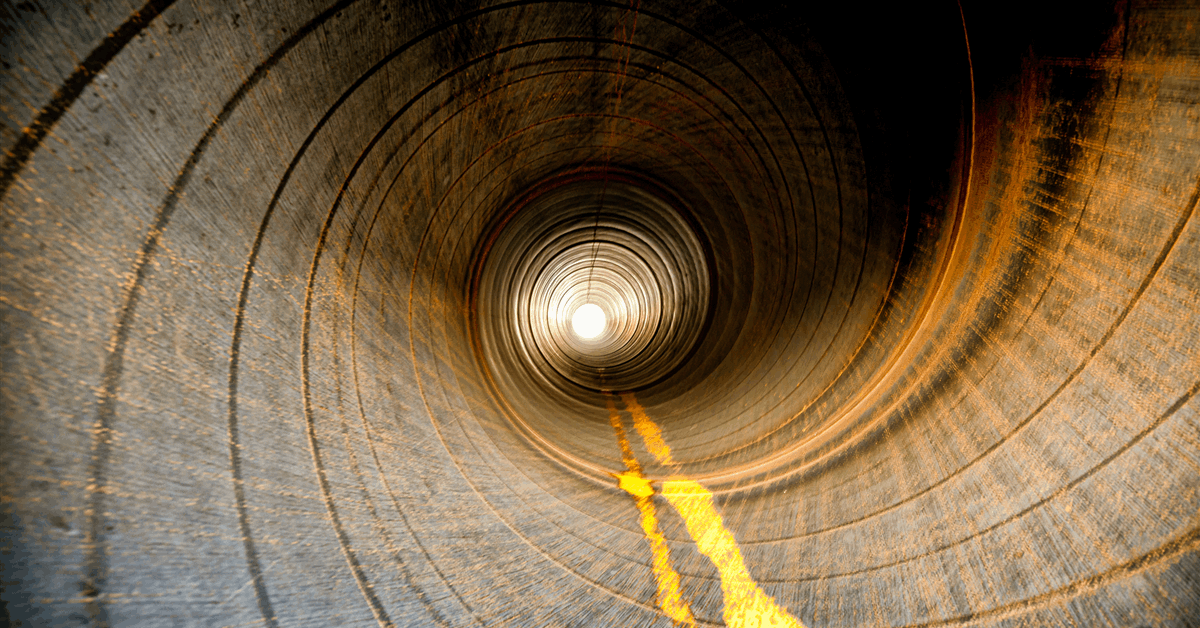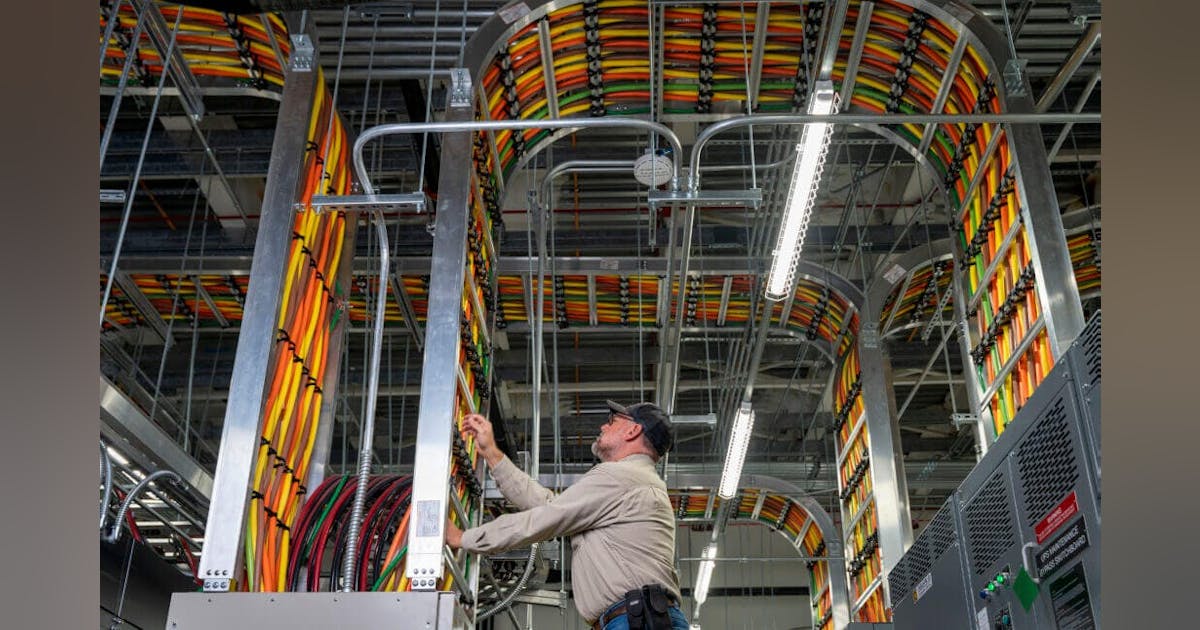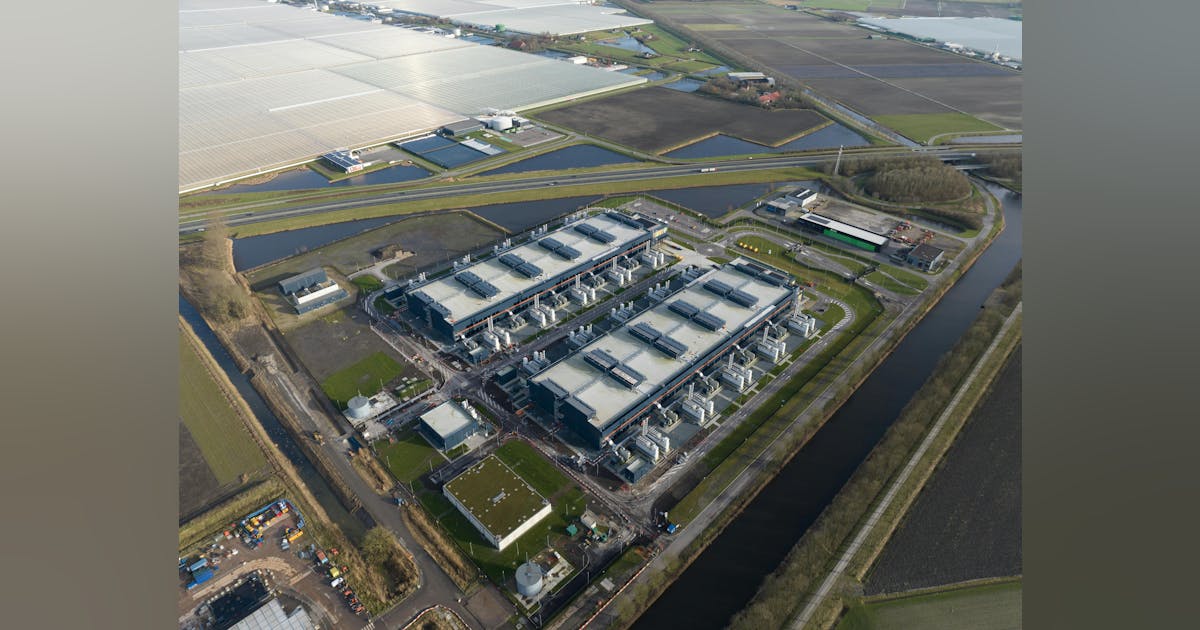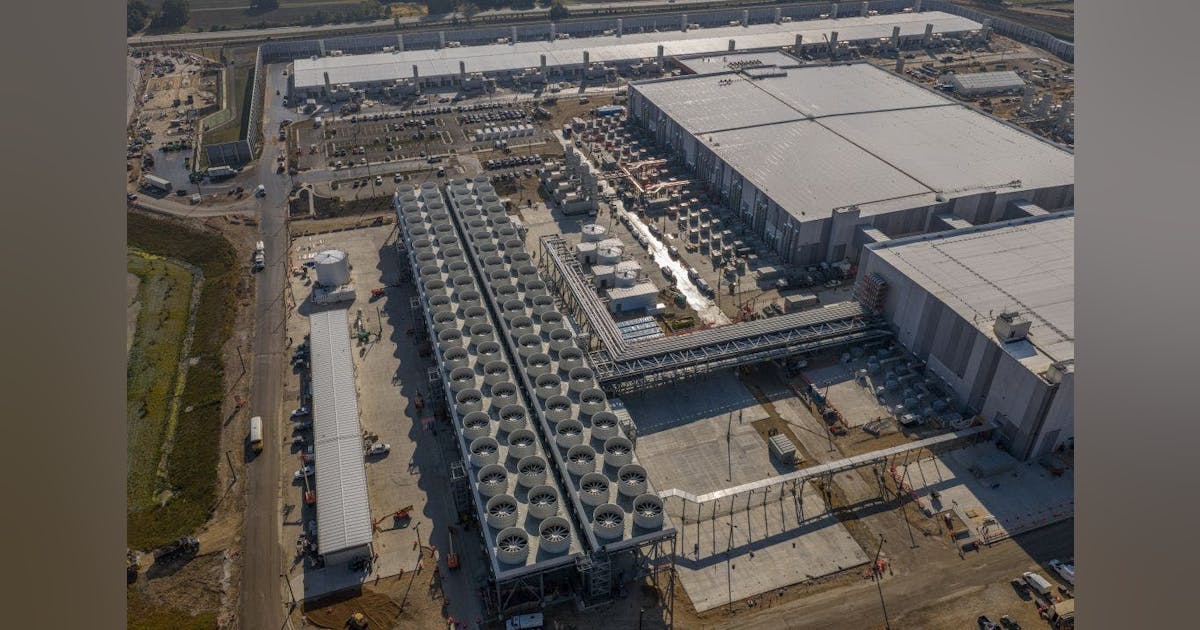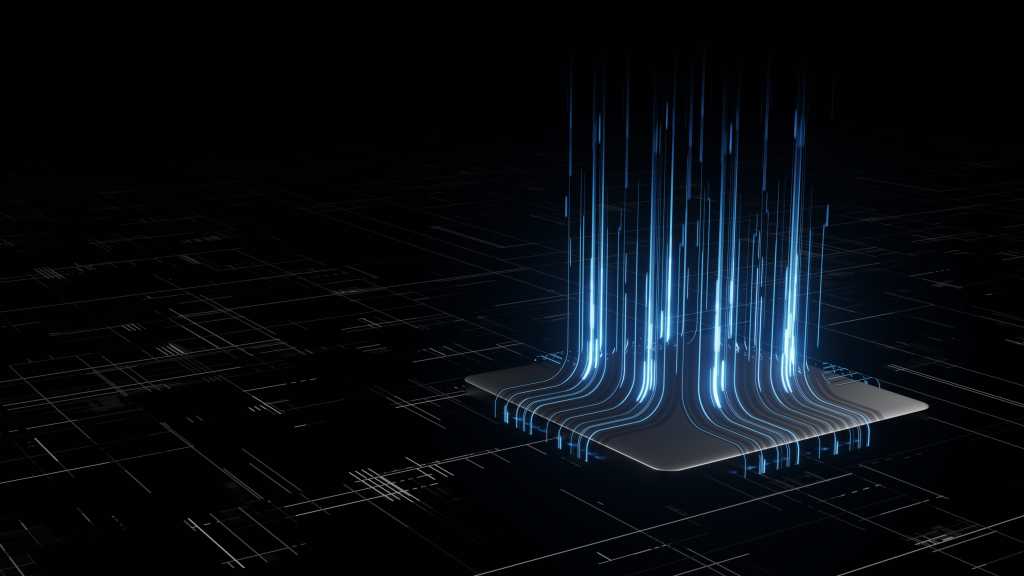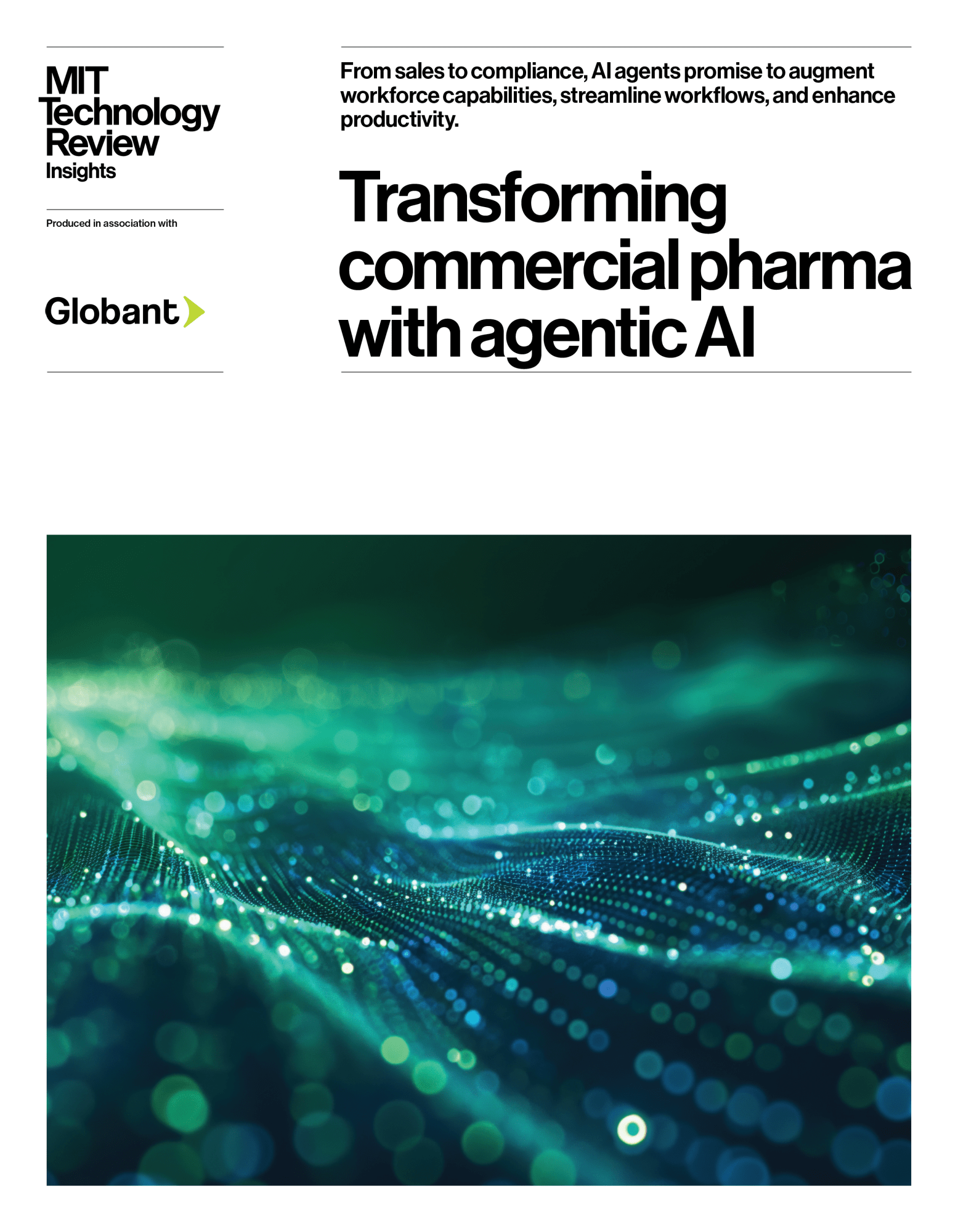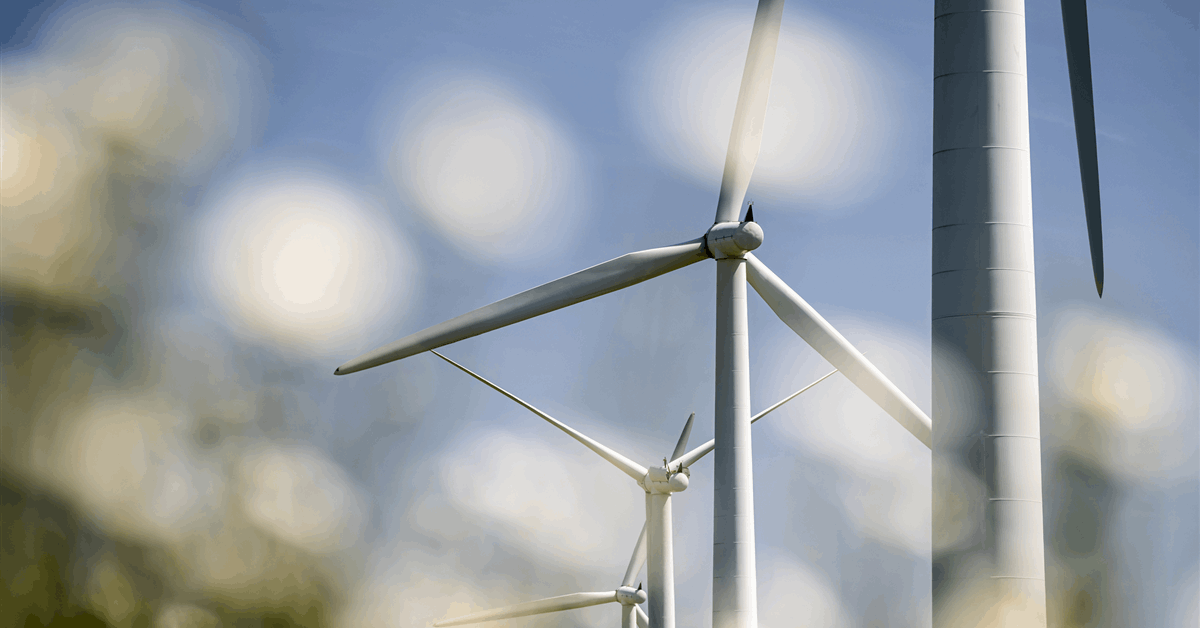
The European Commission has added five to the list of cross-border renewable energy projects (CB RES) eligible for financing under the Connecting Europe Facility (CEF) for Energy program, expanding the list to 13 projects.
“The five projects, thanks to the official CB RES status, are now eligible for financial support for studies and works under the CEF Energy Program”, the Commission said in a statement on its website.
“Furthermore, they benefit from higher visibility, increased investor certainty and stronger support from member states”.
The newly recognized projects involve the Baltic states, North Africa, Germany, Poland and Portugal.
To rise on the Estonian side of the Baltic Sea, the Liivi Bay Offshore Wind Farm will be radially connected to the national grid with a capacity of one gigawatt (GW). It is expected to go online 2031.
“The wind farm will contribute to Estonia’s goal of producing 100 percent of electricity from renewable sources by 2030, while also supporting Latvia’s energy transition”, the Commission said.
Straddling the Latvia-Lithuania border, the onshore Utilitas Eleja-Jonisķis Wind Park is expected to deliver 200 megawatts from 2028.
“The project is strategically located to connect to the 330 kV Viskaļi-Musa transmission line, enhancing regional grid stability and energy independence”, the Commission said.
Meanwhile the Twin Heat project will decarbonize the district heating systems of the twin cities of Slubice, Poland, and Frankfurt, Germany. Renewables-based heating infrastructure enabling cross-border heat exchange will be installed.
The latest additions to the CB RES list also include a research project that “paves the way for groundwork for future cross-border deployment of floating offshore wind energy in Portugal in a cooperation with Luxembourg”, the Commission said.
“It will assess offshore wind zones, grid reinforcements and auction models, helping to unlock up to 10 GW of offshore wind capacity in Portugal. The project also fosters collaboration around green hydrogen, port infrastructure and energy system planning”.
Medlink Renewable Generation, a “landmark North-South cooperation project”, rounds up the newly recognized projects. It aims to build 10 GW of solar and wind capacity with battery energy storage systems in Algeria and Tunisia.
“Two 2 GW HVDC interconnectors will export up to 22.8 TWh/year of clean electricity to Italy (outside the scope of the CB RES project)”, the Commission said of the North African projects.
“This adopted list is now submitted to the European Parliament and the Council for a two-month period of scrutiny (this period may be extended by an additional two-month period upon their request) and it will only be formally published in the Official Journal after this period, and enter into force 20 days later”, it said.
On September 2 the Commission was scheduled to launch a new call for applications to join the CB RES list.
To contact the author, email [email protected]
What do you think? We’d love to hear from you, join the conversation on the
Rigzone Energy Network.
The Rigzone Energy Network is a new social experience created for you and all energy professionals to Speak Up about our industry, share knowledge, connect with peers and industry insiders and engage in a professional community that will empower your career in energy.
MORE FROM THIS AUTHOR






